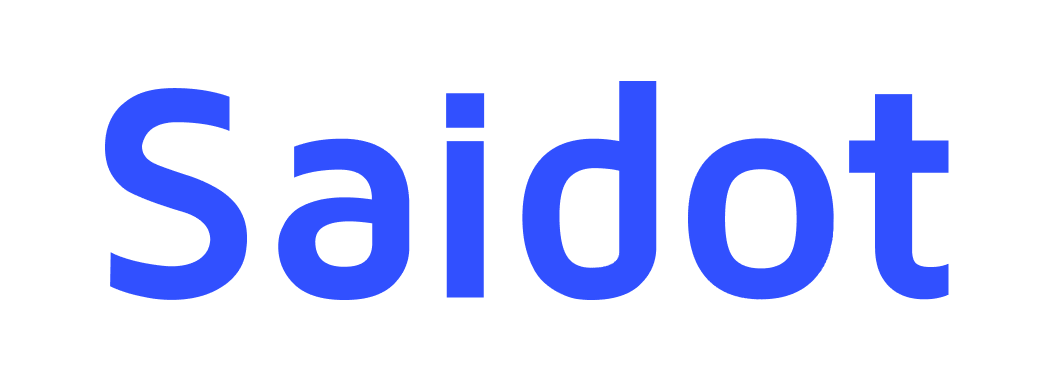Measuring AI Governance Success
An AI governance strategy aims to ensure responsible AI, but not all chosen pathways in that direction will achieve the same results. Therefore, it is essential to consider how well the means meet the end, in other words, how successful AI governance is in a given organisation. Saidot’s value proposition for successful AI governance is centred on efficiency and quality. We measure these values through five attributes: quality, speed, coverage, easiness, and collaboration.
This page describes Saidot’s AI governance success metrics to evaluate the success of the AI governance process and drive governance efficiently.
Quality
The quality of your AI governance will highly impact how you ensure responsible AI in your organisation. Quality, as an attribute, is self-explanatory: the higher the quality of your governance framework, process, tools, and tasks, the more likely you will achieve the goal of ensuring responsible AI.
At Saidot, we hold ourselves and our product and services to the highest quality standard in the field of AI governance. We leverage our expert understanding of AI policies, industry best practices and standards, cutting-edge academic research, and a multidisciplinary team of experts, all of which contribute to the quality of Saidot’s AI governance.
Speed
Speed is a core variable for successful AI governance. Implementing robust and high-quality governance practices will not only ensure responsible development and use of AI but also support innovation by mitigating risks and minimizing compliance uncertainties. This will allow innovation to flourish in a safer space with reduced time to market and speed up confident decision-making regarding AI implementation and scalability. The speed can be measured, for example, by considering the time needed to transition between different phases of the AI lifecycle, such as from the initiation phase to the deployment phase.
Coverage
A significant level of coverage in AI governance means that this process should be applied to the AI inventory of organisations as comprehensively as possible. If you implement high-quality AI governance for only a handful of AI systems, leaving a significant portion of your inventory out of the scope of this process, it will probably mean that your AI governance journey is not as successful as it could be. We believe that the most successful way to ensure responsible AI through governance activities should be by applying a holistic approach across the AI inventory in your organisation.
Easiness
AI governance is a cross-functional and multidisciplinary process, often perceived as over-complex or overwhelming. Therefore, experienced easiness in AI governance work is key to improving its effectiveness and, consequently, its success. Easiness as a type of metric is undoubtedly subjective, which means that different people, with different expertise and backgrounds will experience it differently. However, as a common denominator for this attribute, it is essential to consider how well people can rely on Saidot’s methodology and product to operationalise AI governance and to tackle potential bottlenecks and challenges that may present themselves.
Collaboration
As stated above, AI governance is cross-functional in nature, which entails a strong need for collaboration among different people and business functions or units. Saidot’s methodology and product are built on the premise that the higher the level of efficient collaboration, the more successful AI governance will be. Our goal is to support collaboration among stakeholders, improving existing ways of work and organisational culture in a way that reinforces responsible AI development and implementation across organisations.
